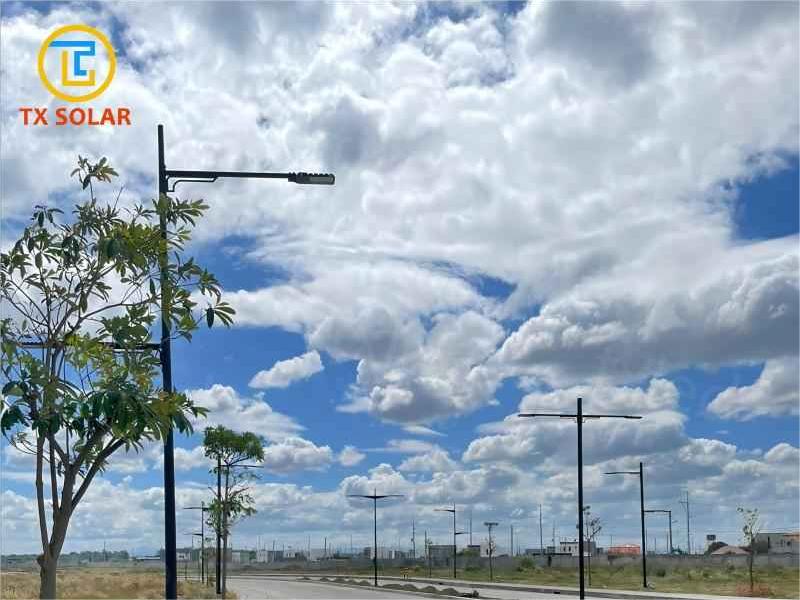Light poles are an essential part of our urban infrastructure. They play a vital role in keeping our streets safe and secure by providing adequate lighting. But, have you ever wondered how strong and durable these poles are? Let’s take a deeper look at the various factors that determine the strength of a street light pole.
Material
The first and most important factor is the material used to make these utility poles. Typically, light poles are made of steel, aluminum or a combination of both. Steel is known for its exceptional strength and durability, making it a popular choice for light poles. It can withstand harsh weather conditions such as strong winds and heavy rains. Aluminum, on the other hand, is a lightweight material but is also known for its impressive strength-to-weight ratio. It is highly resistant to corrosion, further extending its service life.
Design
The design of a light pole also plays a vital role in its strength. Engineers and designers considered various factors, such as height, shape, and base, to ensure that the pole could withstand external forces and pressures. Tall masts may be subjected to greater wind loads, so factors such as wind speed and terrain need to be considered for the corresponding design. The shape of the rod also affects its strength. For example, a tapered rod is more resistant to bending and buckling than a cylindrical rod.
Installation process
Another important aspect is the installation process. Proper installation of a light pole is critical to ensure its strength and stability. The pole needs to be firmly fixed to the ground to withstand the external force. This usually involves deep concrete foundations to provide a stable footing. Also, the connection between the pole and the light fixture (lighting fixture) should be carefully designed to avoid any potential weak points.
Maintenance and upkeep
Maintenance and upkeep also contribute to the overall strength of the light pole. Regular inspection and maintenance will help identify any signs of wear, damage, or corrosion. Prompt repair and replacement can prevent further deterioration and ensure the continued resilience of the pole. Also, keeping the surrounding area free of vegetation and debris helps prevent unnecessary stress on utility poles.
Technology
Furthermore, advancements in technology have led to the development of innovative street light pole designs. For example, some poles are designed with flexible materials or equipped with damping mechanisms to withstand strong winds and reduce vibrations. These designs enhance the overall strength and stability of the bar, making it more resilient in adverse conditions.
In conclusion, the strength of a light pole depends on a variety of factors including materials used, design considerations, proper installation and regular maintenance. Steel and aluminum are commonly used materials due to their excellent strength and resistance to harsh conditions. The design of the rod, including its shape, height and base, is important to withstand external forces. Additionally, proper installation techniques and routine maintenance help ensure the longevity and strength of your light poles. By combining these elements, engineers and designers are continually improving the strength and durability of light poles, contributing to safer, well-lit urban environments.
If you are interested in street light pole, welcome to contact street light pole manufacturer Tianxiang to read more.
Post time: Jun-21-2023





